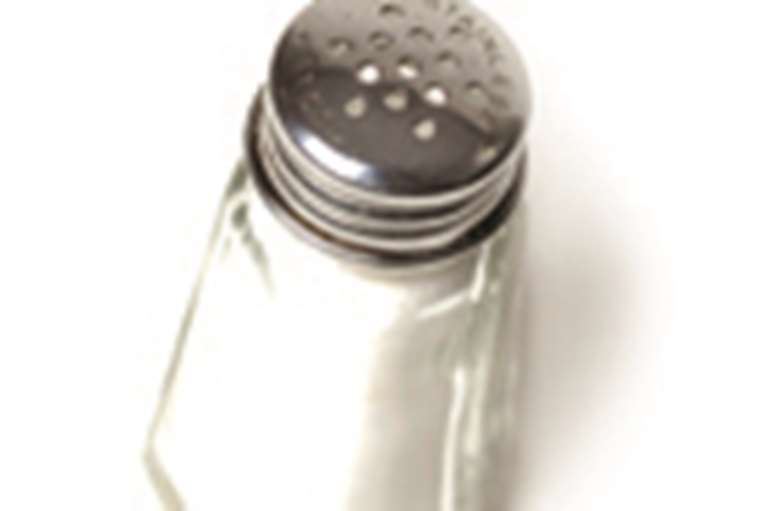Unique Child Healthy Eating: Ready salted
Jackie Cosh
Wednesday, May 21, 2008
Children being offered too much salt are benefiting from a parent education project, reports Jackie Cosh.

In a supermarket in Leicester, a group of young mothers walk around, studying labels and taking mental notes of foods with 'traffic light' labelling systems and what they mean.
The group are part of the National Children's Bureau's project, All Salted?: Reducing Salt Intake in Young Parents and Their Children. It is part of the Food Standard Agency's national campaign to reduce salt in the nation's diet.
There are approximately 50,000 mothers aged under 20 in England. Studies have found that this group are more likely to have a diet high in salt, to eat more convenience meals and fast food, and lack the cooking skills or equipment to prepare fresh food. By providing these women with information on salt, the project aims to help them make more informed decisions about what they feed their children.
Sonita Pobi, co-ordinator of the project, says, 'Young parents, like all young people, have less knowledge about salt and its effects. The main aim of the project is to help make young parents aware of the salt that's hidden in food, how to cook without salt, and how to be able to tell from the packaging how much salt there is. We want to make them aware that children under three should have no more than 2g of salt a day.'
FOOD LABELS
The pilot project ran in seven areas of the country: Northampton, Leicester, Great Yarmouth, Skegness, London, Penge and Kent. The National Children's Bureau has now put together a programme that settings can run themselves.
'We approached Children's Centres, Connexions, teenage pregnancy groups and young mums groups,' says Ms Pobi. 'We provide them with the material and training to run the sessions so they can be tailored around what suits.'
The programme has five sessions:
- A general session about salt, where different meals are looked at and the salt intake of the mothers and their children is assessed.
- Tuition on reading different food labels and how to tell how much salt there is. The challenges in reducing salt intake are also discussed.
- Either a cookery session where mothers are taught how to cook a healthy meal, or a grocery store visit to look at labels and see how the 'traffic light' system works.
- Baby food is the topic in the fourth session. Mothers learn how it is cheaper to make their own baby food, and often healthier.
- A final feedback session evaluates what the mothers have learned and whether the programme has made a difference to their diet.
Sizes of groups vary, but usually about five or six mothers take part at a time.
'The feedback we have had is that the mums enjoy learning about reading the labels. Many don't know about the green, red, or amber traffic light system,' says Ms Pobi. 'They are shocked to learn about some of the industry tricks, such as how on supermarket pizzas, salt content per slice is given, not for the whole pizza.'
CASE STUDY
Vicky Harris, 20, from Leicester, didn't know much about recommended salt intake before she began the programme run by the young mothers' group at the local Ibstock Community College. 'All I knew was what you see on the television,' she says. 'I didn't know the recommended daily amount for adults or children.'
With a two-year-old son, Kane, Vicky was keen to find out more. 'When I heard about the programme I thought it sounded interesting, and was keen to go along.
'I really enjoyed it, especially when we visited the food store and looked at the foods that were labelled red, amber and green. I now find this system easy to read and understand.
'I learned a lot from the programme and am now more aware of what Kane and I are eating. I read labels before we have biscuits, and have cut down on the amount of crisps and biscuits we both eat.'
HOW MUCH SALT
The FSA has issued the following maximum guidelines for children:
- One to three years: 2g salt a day (0.8g sodium)
- Four to six years: 3g salt a day (1.2g sodium)
- Seven to ten years: 5g salt a day (2g sodium)
- 11 and over: 6g salt a day (2.4g sodium)
Remember:
- It is better to have less salt than the guidelines
- Always check information on food labels and choose those with less
salt
- There is no need to add salt to children's food.




